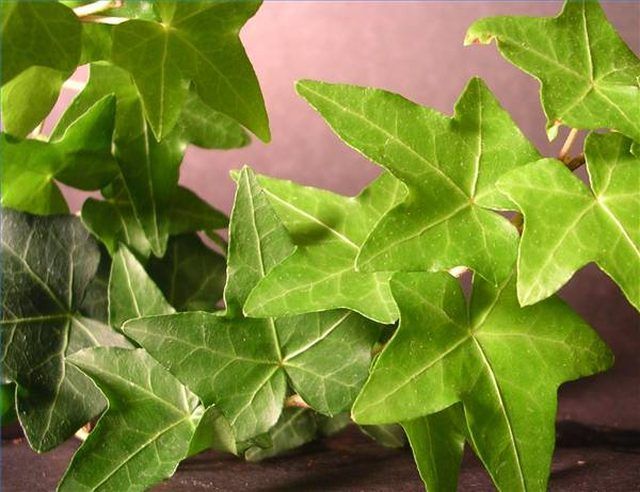Bulbs
Flower Basics
Flower Beds & Specialty Gardens
Flower Garden
Garden Furniture
Garden Gnomes
Garden Seeds
Garden Sheds
Garden Statues
Garden Tools & Supplies
Gardening Basics
Green & Organic
Groundcovers & Vines
Growing Annuals
Growing Basil
Growing Beans
Growing Berries
Growing Blueberries
Growing Cactus
Growing Corn
Growing Cotton
Growing Edibles
Growing Flowers
Growing Garlic
Growing Grapes
Growing Grass
Growing Herbs
Growing Jasmine
Growing Mint
Growing Mushrooms
Orchids
Growing Peanuts
Growing Perennials
Growing Plants
Growing Rosemary
Growing Roses
Growing Strawberries
Growing Sunflowers
Growing Thyme
Growing Tomatoes
Growing Tulips
Growing Vegetables
Herb Basics
Herb Garden
Indoor Growing
Landscaping Basics
Landscaping Patios
Landscaping Plants
Landscaping Shrubs
Landscaping Trees
Landscaping Walks & Pathways
Lawn Basics
Lawn Maintenance
Lawn Mowers
Lawn Ornaments
Lawn Planting
Lawn Tools
Outdoor Growing
Overall Landscape Planning
Pests, Weeds & Problems
Plant Basics
Rock Garden
Rose Garden
Shrubs
Soil
Specialty Gardens
Trees
Vegetable Garden
Yard Maintenance
How to Clone Flowers
How to Clone Flowers. For flower and plant lovers, one perfect specimen is never enough. But purchasing flowers from the greenhouse or nursery can be costly. While you can always save seeds or divide bulbs, there's a quicker option for many plants that guarantees a new plant that's a perfect clone of the mother plant. If you have a limited budget...

For flower and plant lovers, one perfect specimen is never enough. But purchasing flowers from the greenhouse or nursery can be costly. While you can always save seeds or divide bulbs, there's a quicker option for many plants that guarantees a new plant that's a perfect clone of the mother plant. If you have a limited budget but want more flowering plants, then this step-by-step guide to plant propagation is your key to success.
Things You'll Need
Knife
Glass jar/vase
All-purpose potting soil
Plant pots
Rooting hormone (optional)
Take cuttings by clipping a 4 to 6 inch section of new growth. Gardeners often refer to this as taking a "slip" of the original plant. Remove leaves from the bottom 2 to 3 inches of the cutting.
Place the cuttings in a glass or vase of water and set them on a sunny windowsill. Change the water regularly if it becomes stagnant or starts to smell.
Watch for new roots to form along the stem. Initially, roots may appear hair-like, but they grow quickly. Some plants root in a few days, while others take up to two weeks.
Remove the cuttings from the vase and plant in all-purpose potting soil, or the particular soil your plant prefers. Use care not to disturb or break fine roots. Place in the pot an area that receives filtered light until the plant gets established and shows signs of new growth.
Move the plant to the lighting recommended for the type of plant you're growing. Follow specific care and watering recommendations for your new "clone."
Tips & Warnings
Woody plants may require rooting in soil. Dip the cut end in rooting hormone and insert into the soil. Cover with a plastic bag and set in filtered light. Remove and move to appropriate lighting once new growth emerges.